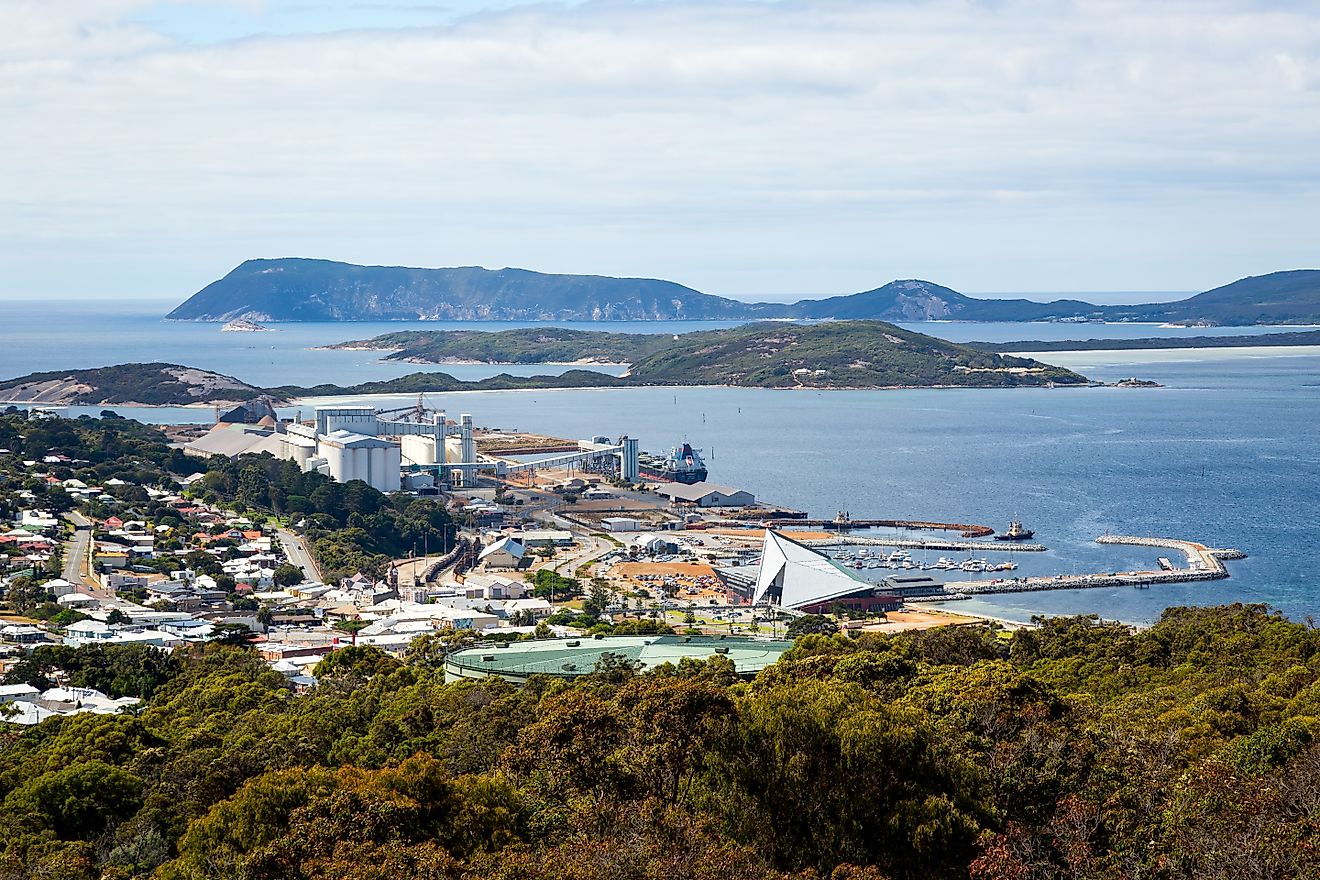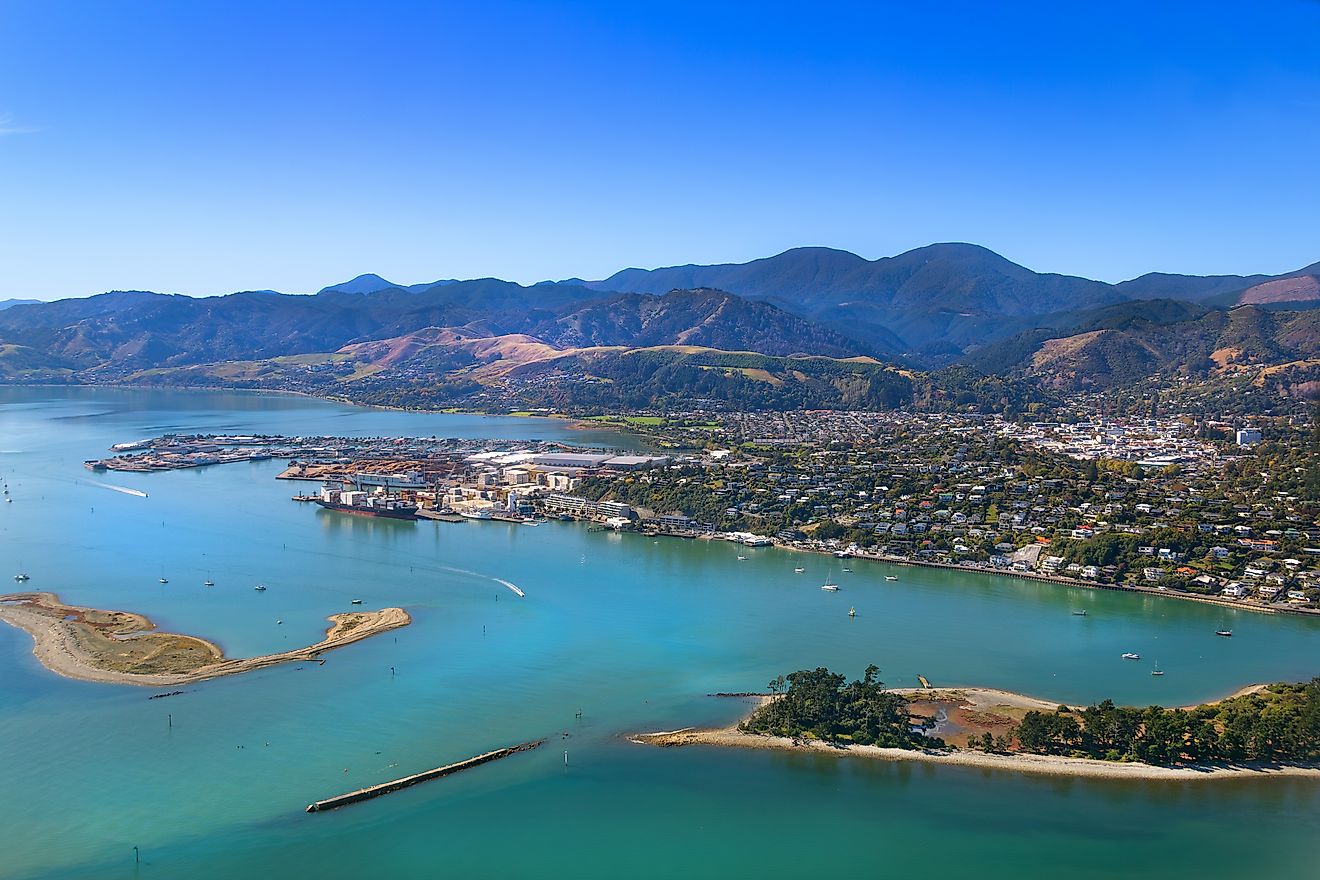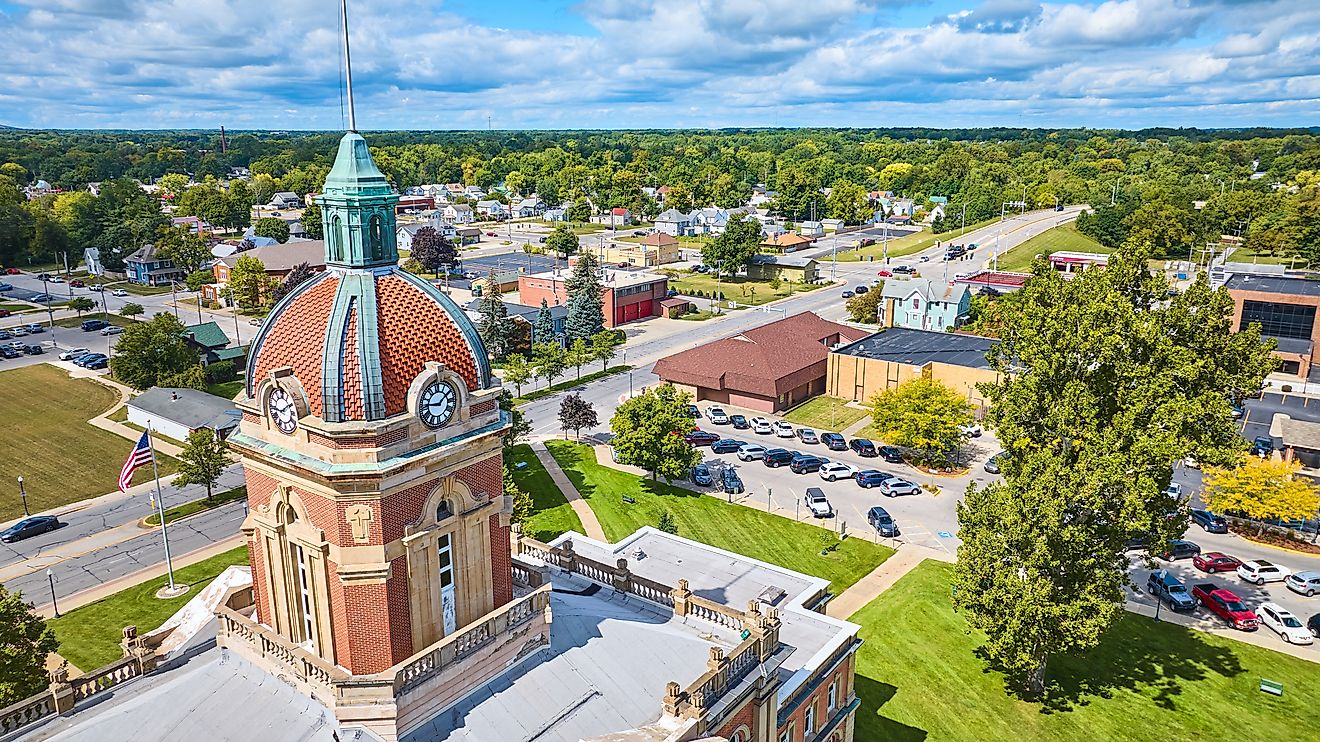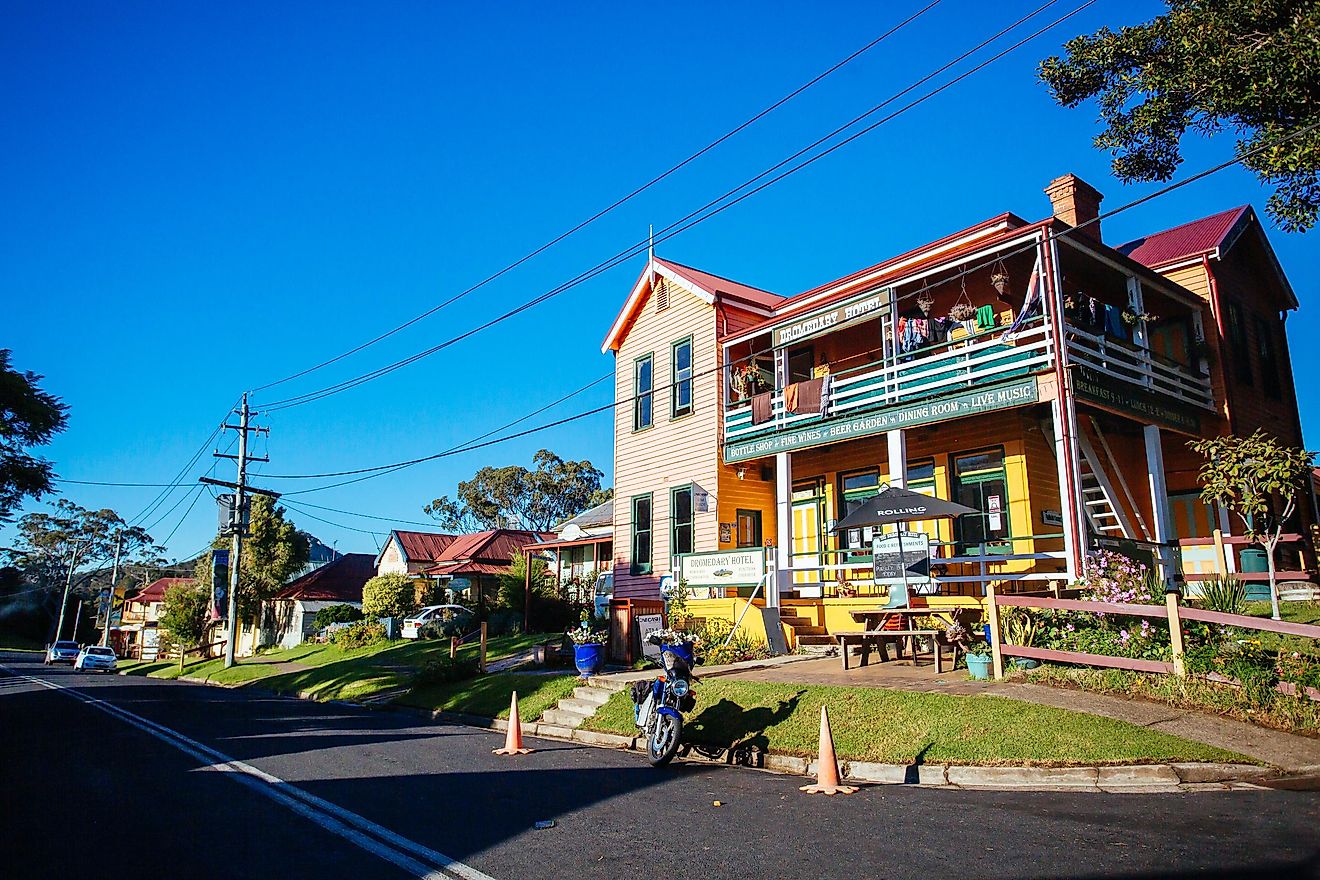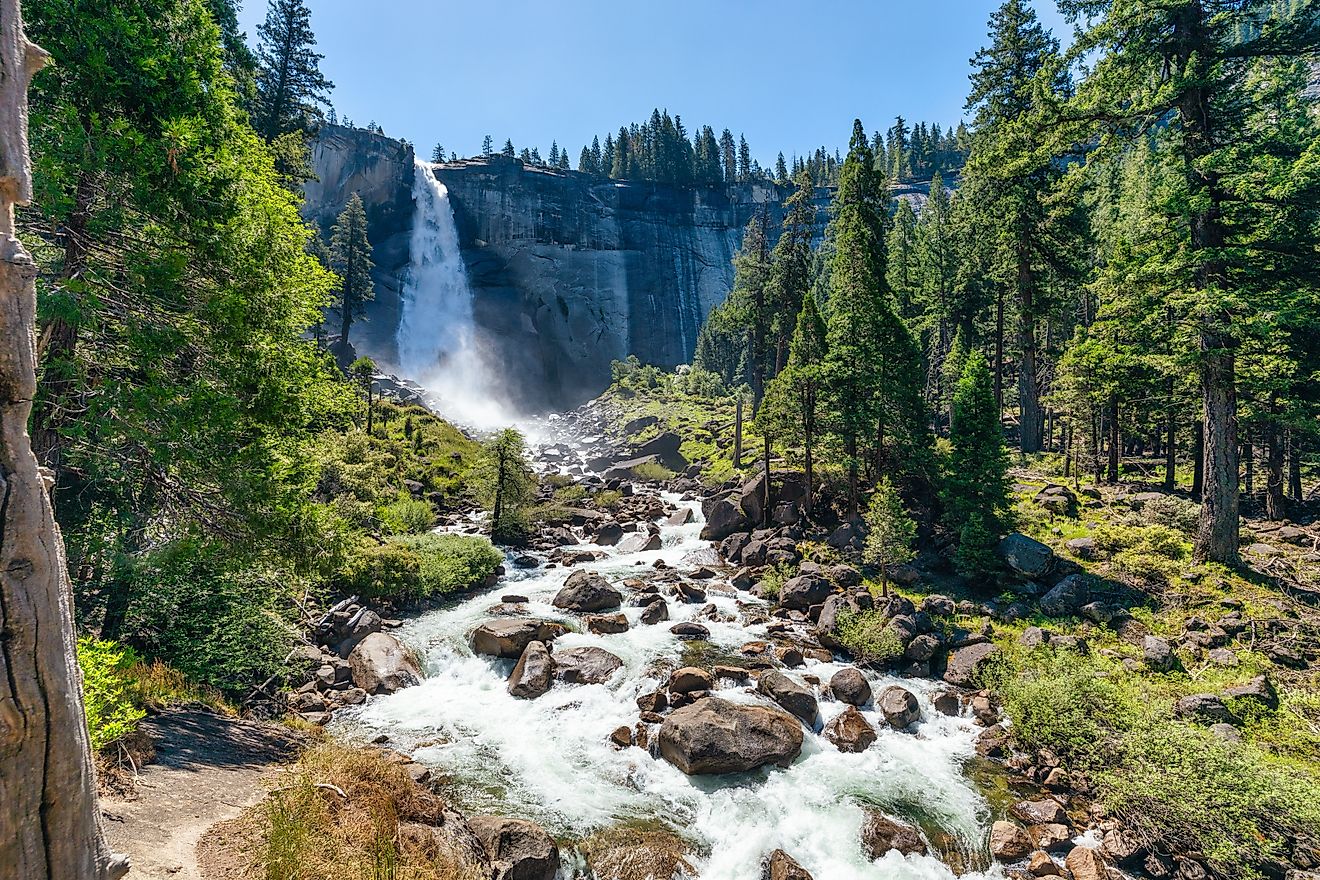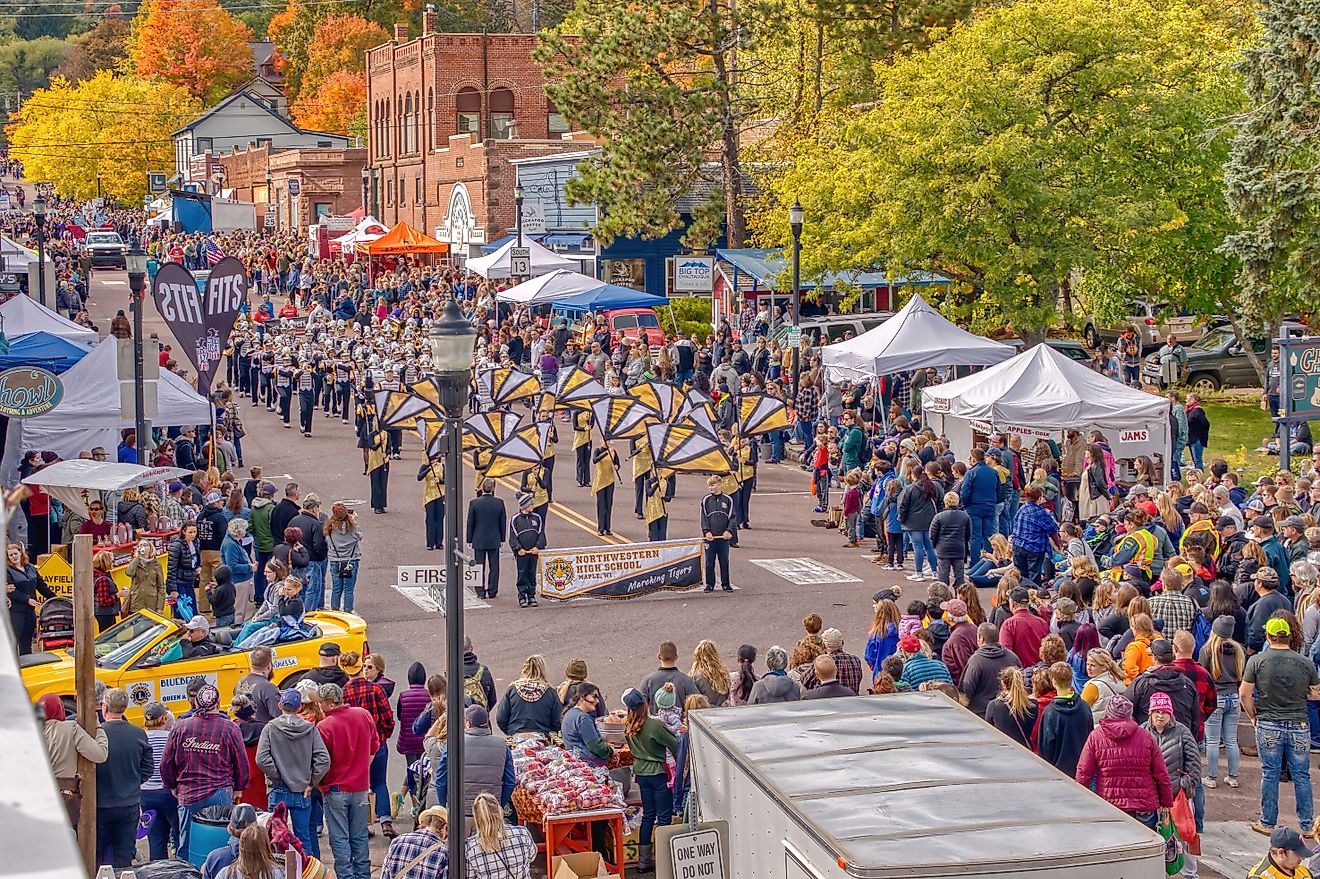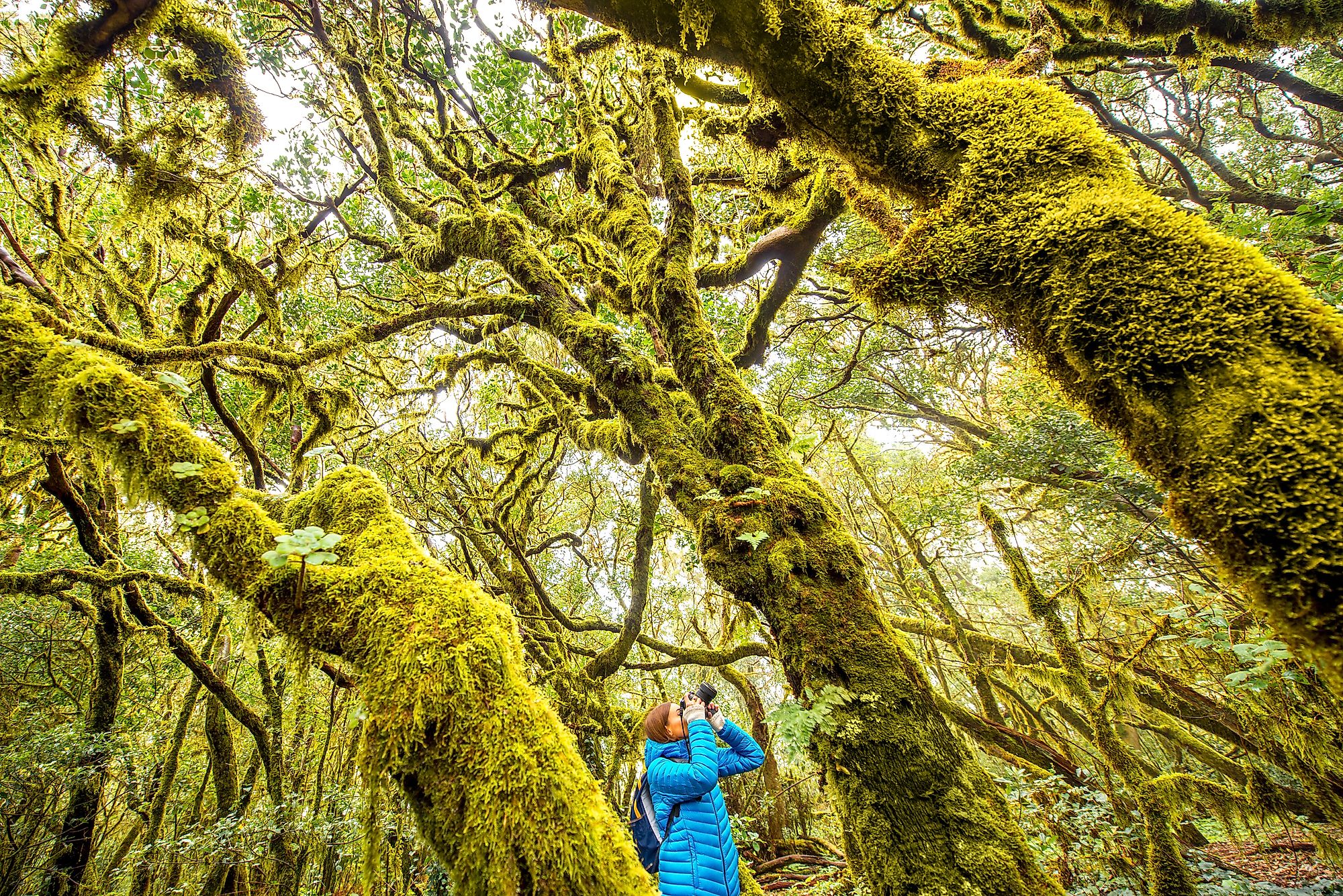
Garajonay National Park, Spain
Garajonay National Park is located in the center of La Gomera, the second smallest of the Canary Islands. The islands are part of a Spanish archipelago off the northwestern coast of Africa. The Park occupies about 3,984 hectares of land, which is roughly 40 sq.km. It is an area of lush vegetation, and holds a rather unique ecosystem due to its remote location.
Brief History
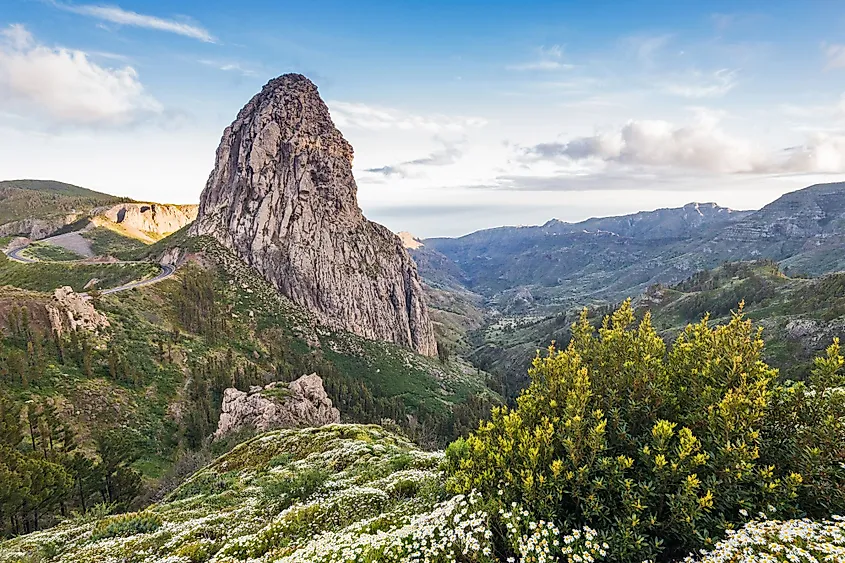
The area known as Garajonay was declared a national park in 1981, and then in 1986 was officially granted UNESCO World Heritage Site status. The name of the park comes from the large rock formation of Garajonay, which is situated within the park. This rock serves as the highest point on the island, with an elevation of 1,487 meters.
The rock itself is named after two lovers of Guanche lore, named Gara and Jonay. Star crossed lovers, they were engaged to be married. Upon the announcement of the engagement, however, the Tiede volcano began to erupt, which was taken as a bad omen and a sign the two should not be wed. The families of the lovers then forbade them from seeing one another and separated them, returning Jonay to a nearby Tenerife island. The legend continues that Jonay eventually swam back to the island to be reunited with his love. They were eventually tracked down in the mountains, where they chose to take their own lives rather than be apart.
The park is highly popular with tourists, as are the Canary Islands more generally, and some 450,000 tourists visit the area each year.
Landscape
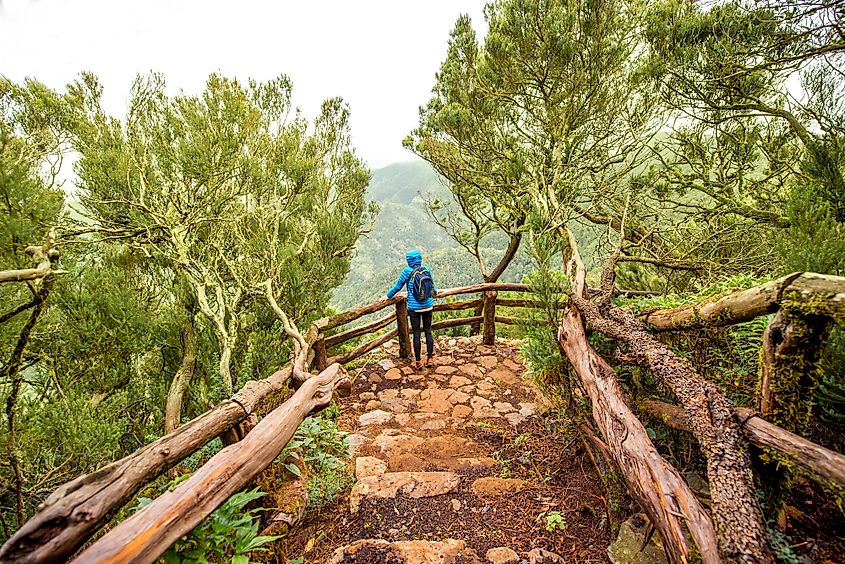
The island of La Gomera is a rocky, volcanic island with high peaks and steep rock formations. They are ancient volcanic islands, however, which have been eroded over time, forming caves and inlets among the rocky terrain. Aside from the high peaks, a plateau exists within the park boundaries at an altitude of 790-1,400 meters above sea level.
Seventy percent of the park is covered in laurel forests. The park is a rich, lush land full of vegetation and life. Due to the remote nature of the islands, and the lack of large-scale development there, the park and the surrounding areas have become an important ecosystem rarely found elsewhere in the world.
Natural springs and fresh streams help to provide a lush climate, fueled by the mild temperatures and humid climate. Plants grow freely here, and the landscape is covered in greenery. The humidity is such that mist and cloud are almost always present in the higher elevations, shrouding the forests in constant damp. These old, relict rainforests are similar to those hat would have been present across much of north Africa and Europe in the Tertiary period, but have since been wiped out almost everywhere aside from these types of remote islands like the Canaries, Azores and Madeira.
Plants
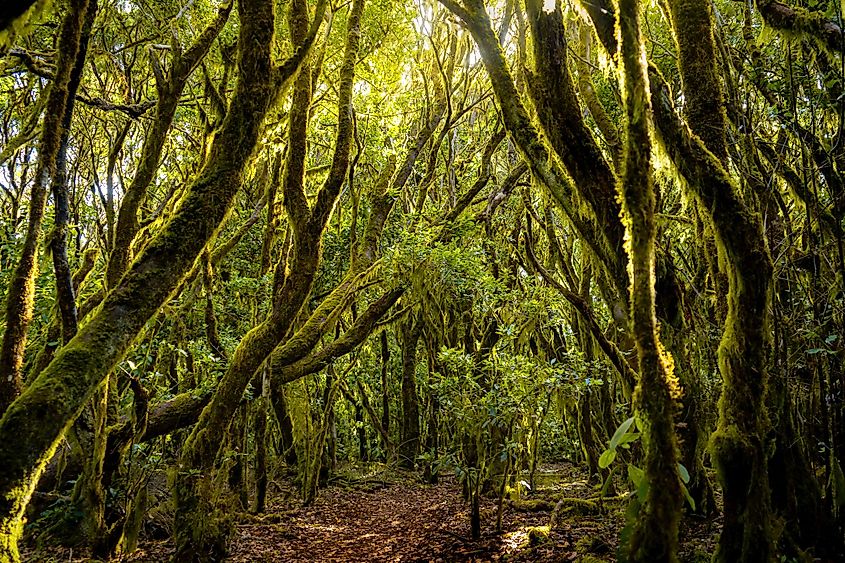
Mild temperatures and high humidity are what keeps the vegetation so lush in the park and on the island more generally. Plants grow in abundance here, many of which are not found anywhere else. Some 450 different plant species can be found in Garajonay, and roughly a quarter of these are endemic.
Understory plants - similar to undergrowth or ground cover - are particularly common among the forests, which are almost exclusively laurel. Laurel forests were once abundant, but now rarely found on earth. Laurisilva is common here, including Laurus azorica (Azores laurel) and Laurus novocanariensis (Canary laurel). Despite the name ‘laurel forests’ the regions contain not only one type of tree, but in fact contain a rich and complex variety of forest plants. Beech trees, heather, slope laurel, ferns, lichen and moss all grow in the park.
Animals
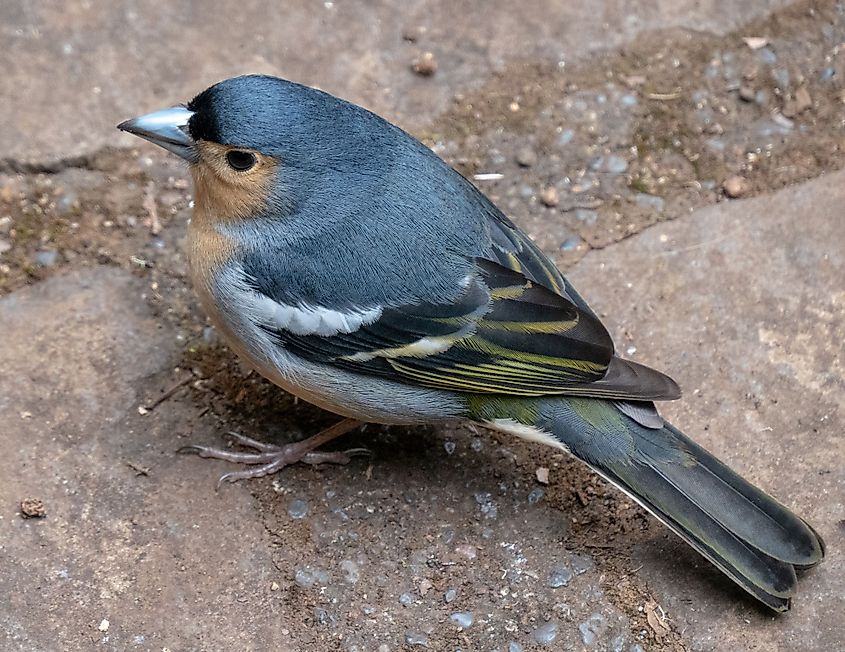
Again, due to the remote location of the Canary Islands, many of the species found here are endemic. Of all the wildlife on the islands, it is estimated that 40-50% of the invertebrates that reside there are indeed endemic. Certain species of birds and lizards specifically, tend to be found only in these regions. Two such examples are the white-tailed laurel pigeon and dark-tailed laurel pigeon, both of which reside in the high laurel forests of the Garajonay National Park.
The region is also designated as an Important Bird Area due to the presence of these, and other rare species of birds. Barbary partridges, plain swifts, Eurasian sparrowhawks, Berthelot's pipits and island canaries are also found within the park and in the islands. Twenty seven bird species in total have been recorded in the National Park.
Of the reptiles, examples include the Gomeran lizard and Gomeran skink, both endemic to the Canary Islands. The stripeless tree frog, also, is specific to Garajonay. Birds and reptiles are far more abundant than any mammals on the island, and in fact most mammals that do reside here were brought in, and have become pests, such as rabbits, cats, dogs and rats. There are a few native mammals, however, which include four species of bat that live amongst the rocky volcanic caves.

